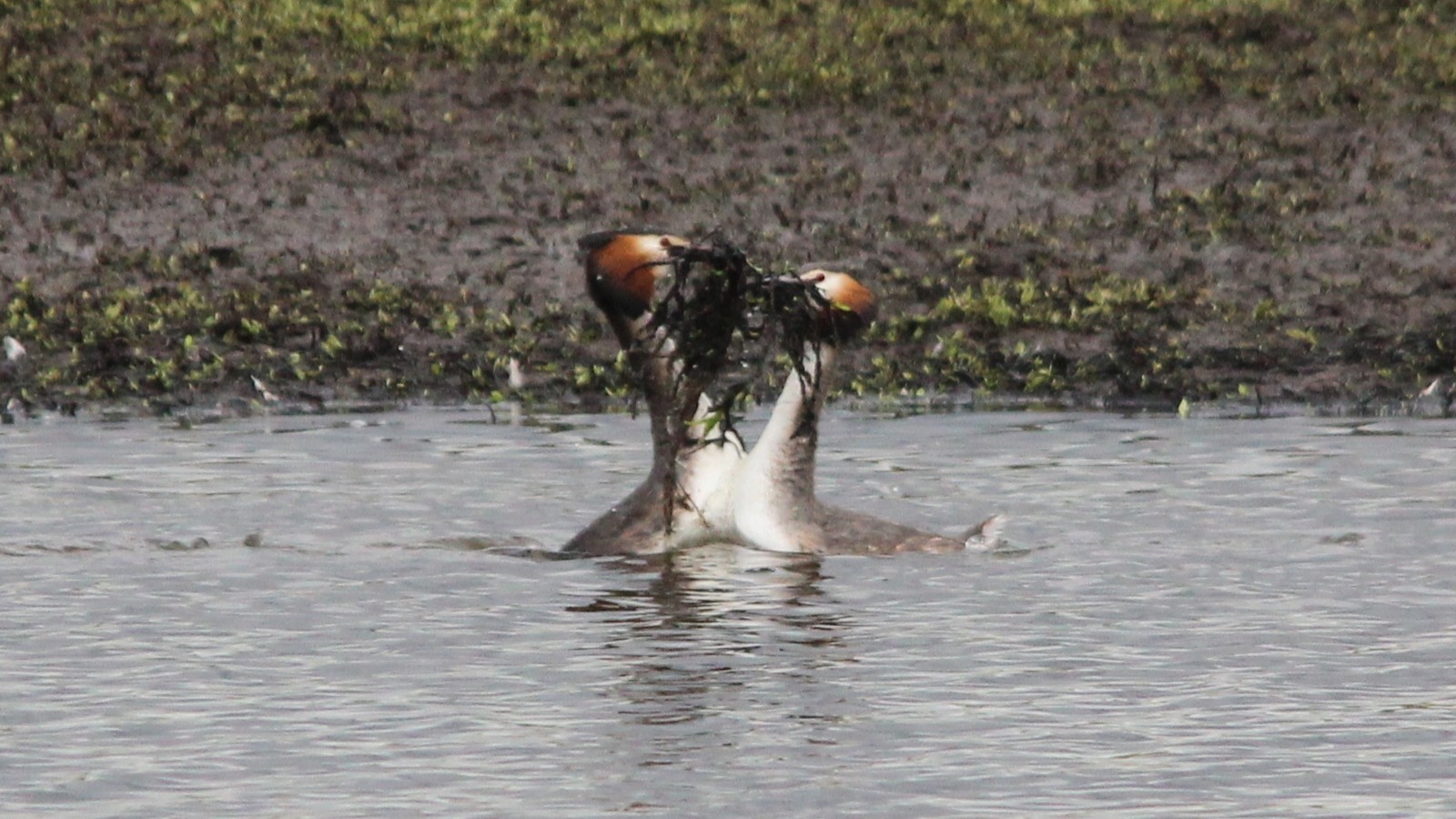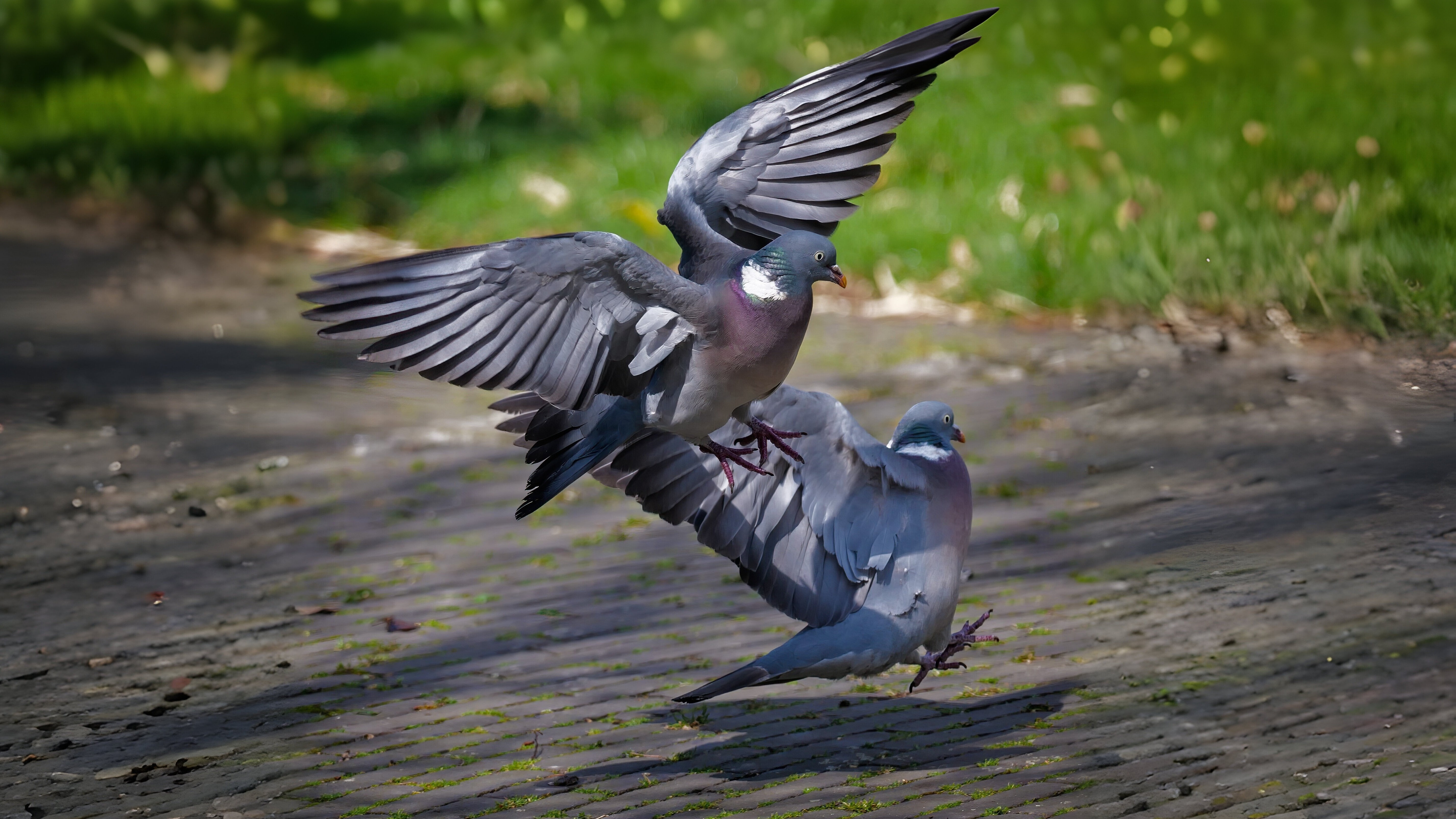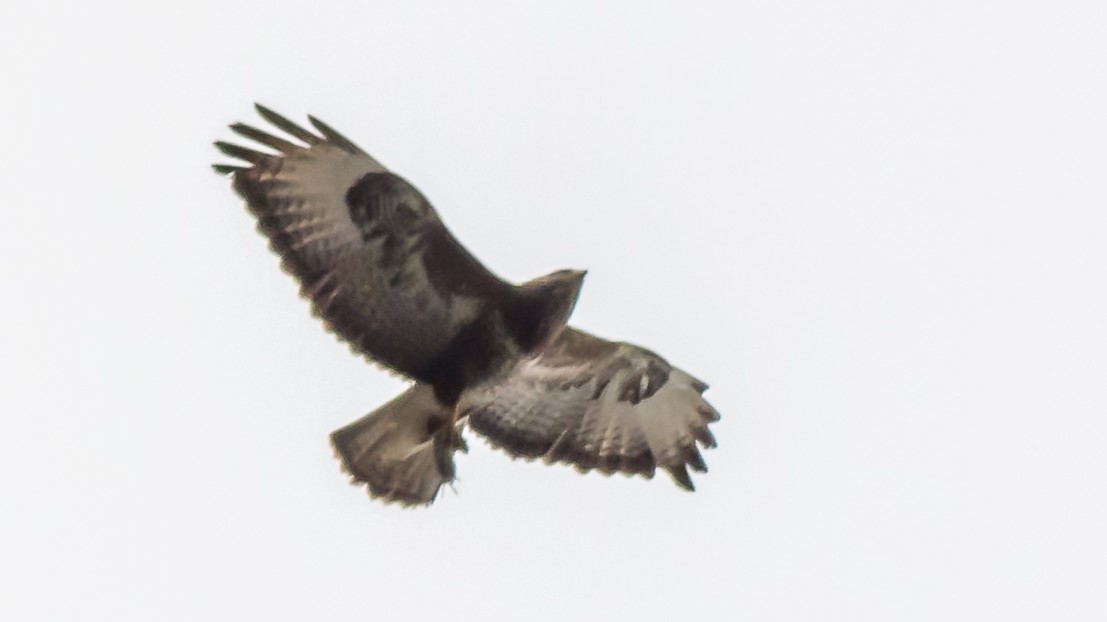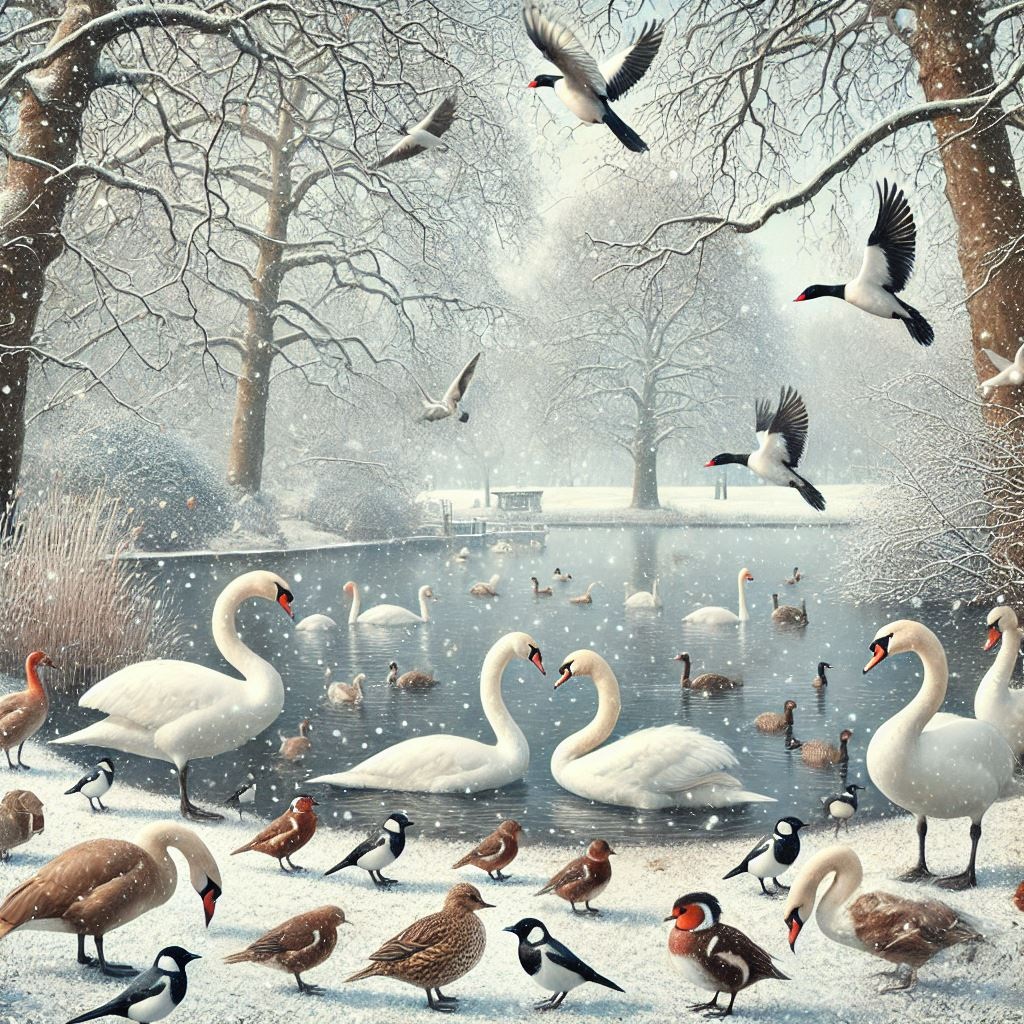
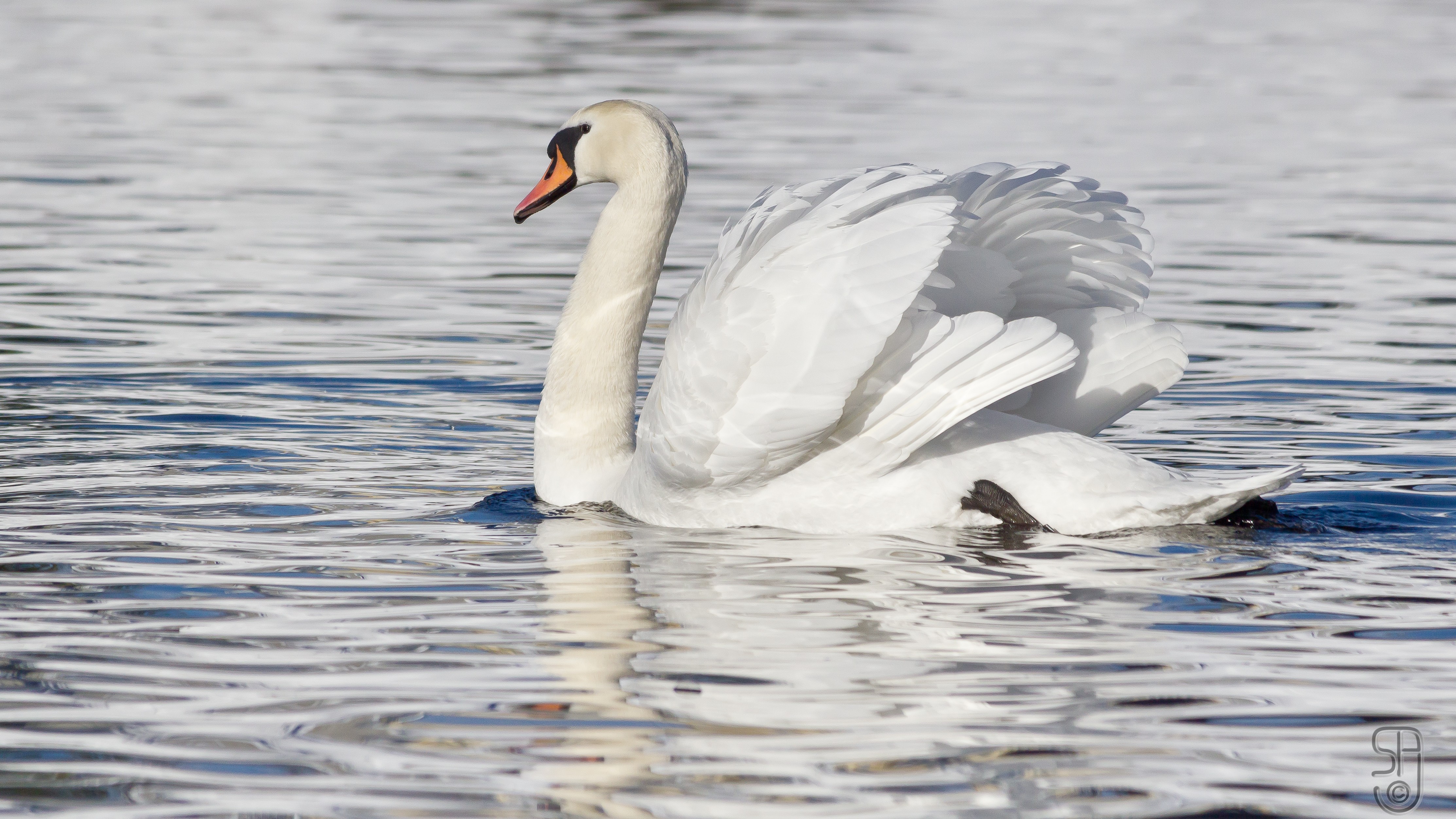

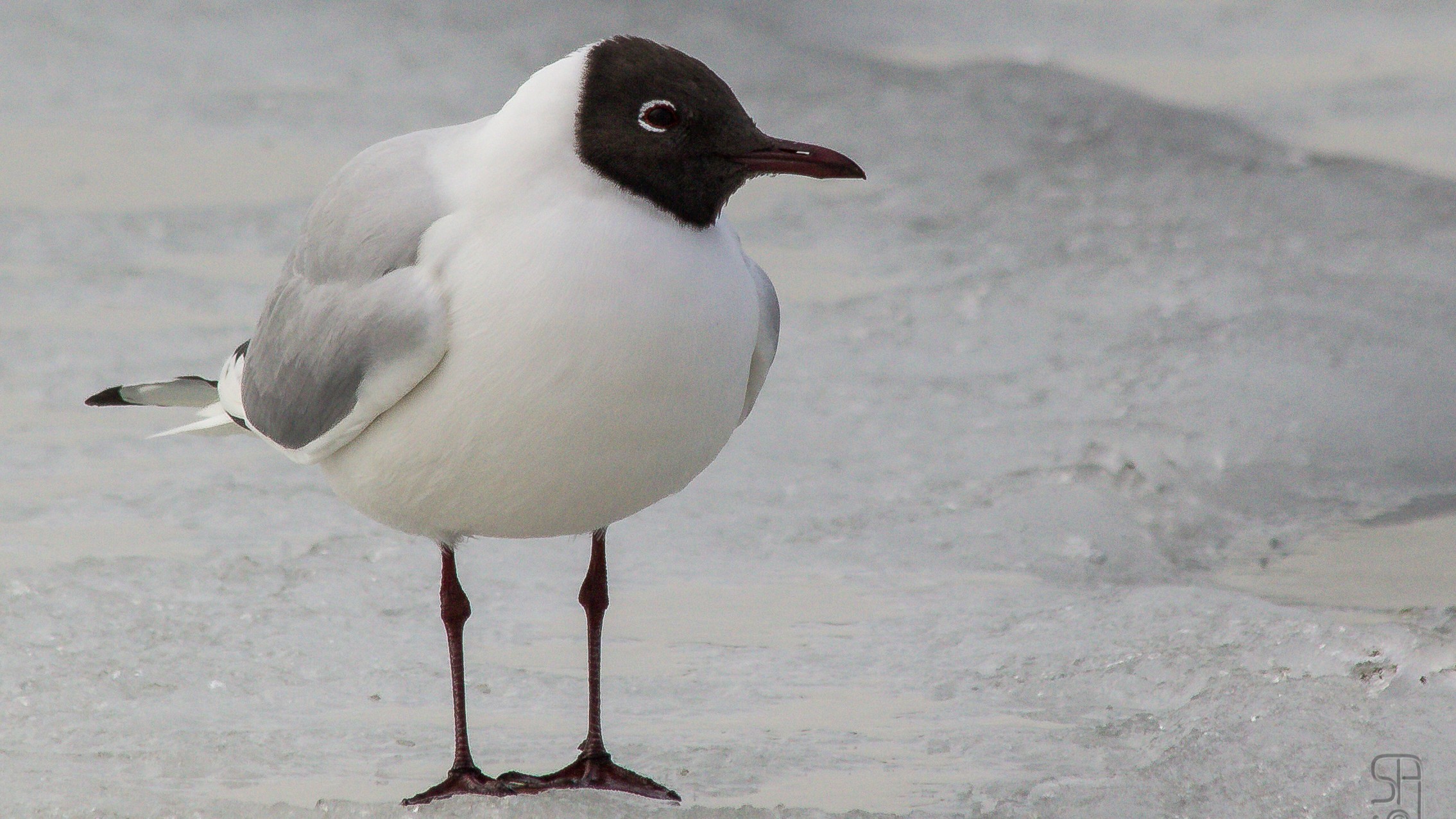

Their fights are often in silence, with no notice being taken of any onlookers. Fighting also commonly occurs between coots, gulls and mute swans. Greenfinches have now commenced their own special display flights. They have been described as bat or butterfly-like, the male exaggerating his normal wing movements and performing them more slowly. The ‘crow marriages’ of magpies are sometimes seen where they gather in groups supposedly to pick a mate, one for sorrow, two for joy, three for a wedding and four for a boy.
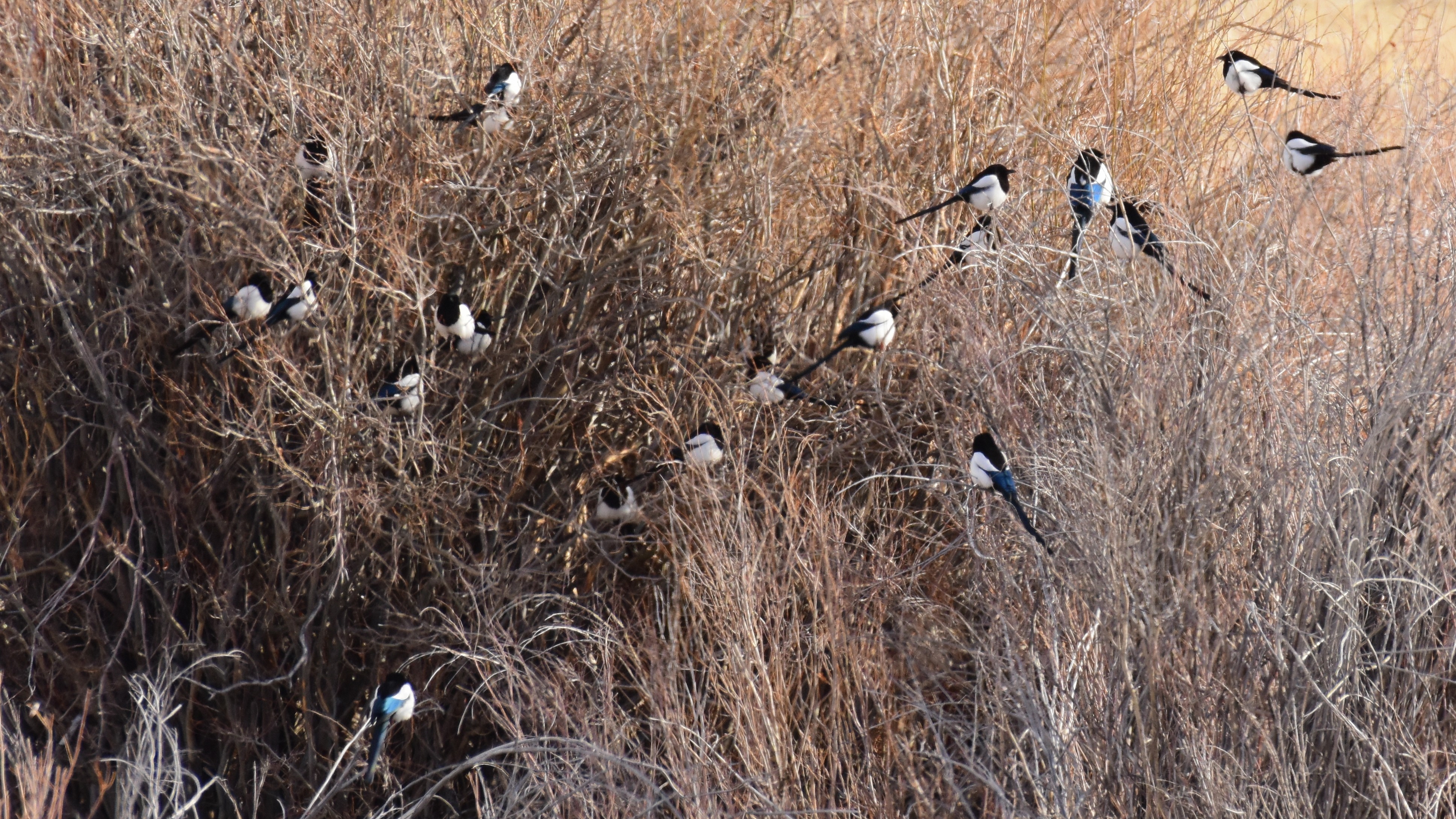

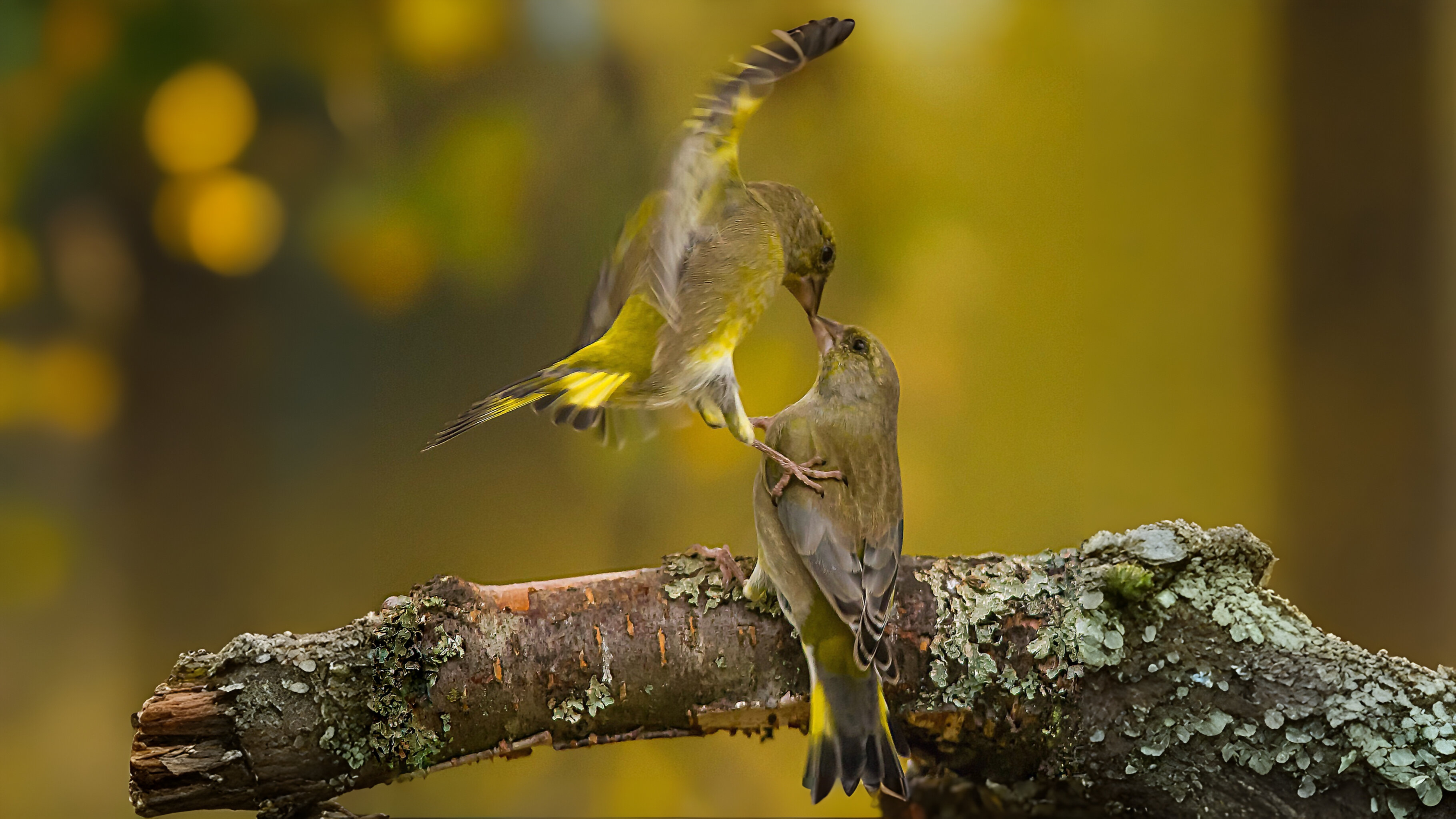

There is a ‘cat’ display, where the wings are held out as the bird turns away from its mate. Then there is the ghostly ‘penguin’ dance which involves one bird suddenly appearing out of the water in front of the other. Sometimes they run past each other on the surface of the water, with raised heads. There is also much bowing, crouching, head-shaking, croaking, chattering, ticking and mock preening in this one of the most extravagant of all courtship displays. The whole performance is one of the highlights of the month and occurs on many of our larger reservoirs e.g. Queen Mary reservoir, where monthly counts of several hundred great crested grebes have been recorded. It is almost better viewed on smaller patches of water such as South Norwood park lake where the whole spectacle can be seen just a few feet away.
